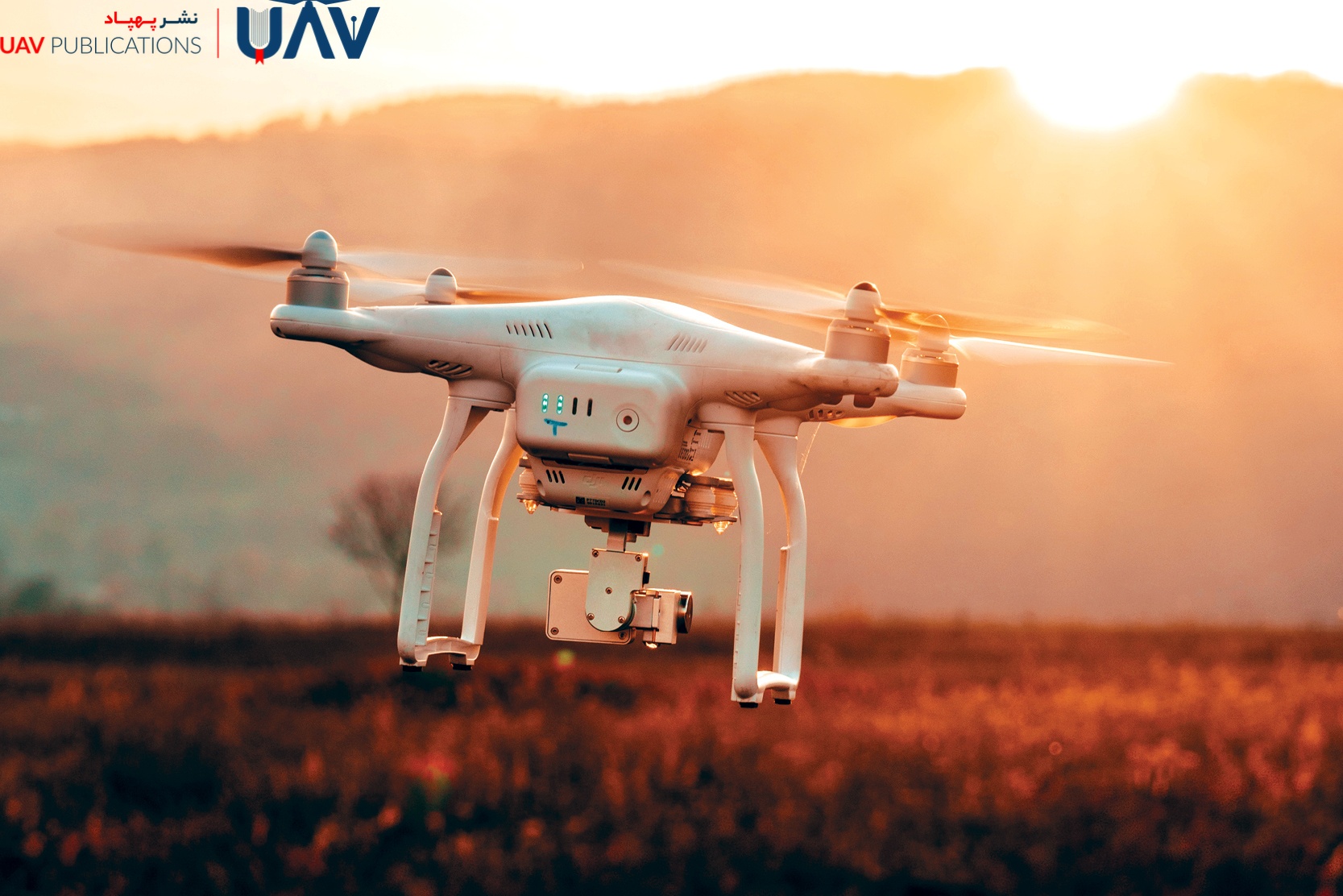Understanding UAVs and Why They Matter
In a world where technology is rapidly reshaping every aspect of human life, tools and concepts that once belonged to the realm of science fiction have now become part of our everyday reality. Among the most transformative of these innovations is the UAV, or Unmanned Aerial Vehicle—commonly referred to as a drone. These aircraft operate either autonomously or remotely and are capable of executing a wide range of complex aerial missions.
Initially developed for military purposes, UAVs have expanded far beyond the battlefield. Thanks to technological advancements, they now play a vital role in fields such as agriculture, mapping, disaster relief, industrial inspection, media production, and even transportation.
Whether spraying crops, capturing cinematic footage, or monitoring power lines, UAVs have become powerful multi-purpose tools that simplify operations and enhance resource management. This article examines the fundamentals of UAVs, including their structure, history, key applications, and how they differ from similar concepts, such as quadcopters.
What Is a UAV?
A UAV (Unmanned Aerial Vehicle), commonly known as a drone, is an aircraft without a human pilot onboard, capable of flying either autonomously or under remote control. These aerial systems can collect data, transport payloads, or perform specific operations without requiring direct human presence at the site. While UAVs were initially developed for military operations, they have since found widespread use in civilian domains, including precision agriculture, cartography, aerial photography, emergency response, surveillance, and recreational activities.
From an engineering standpoint, a UAV is a sophisticated integration of flight hardware—such as motors, propellers, batteries, and frames—with flight control software including GPS, gyroscopes, sensors, and navigation algorithms. Today, UAVs are indispensable to modern technology, playing a central role in various industries, including transportation, security, infrastructure, and resource management.
The Evolution of UAVs: From Military Tools to Everyday Utilities
The history of UAVs dates back to the early 20th century, when military forces sought safer alternatives to human-crewed flight for dangerous missions. Concepts of automated flight emerged during World War I, but the first practical UAVs were developed in World War II for reconnaissance and targeted attacks. The 1980s and 1990s saw significant advances in control systems and flight precision.
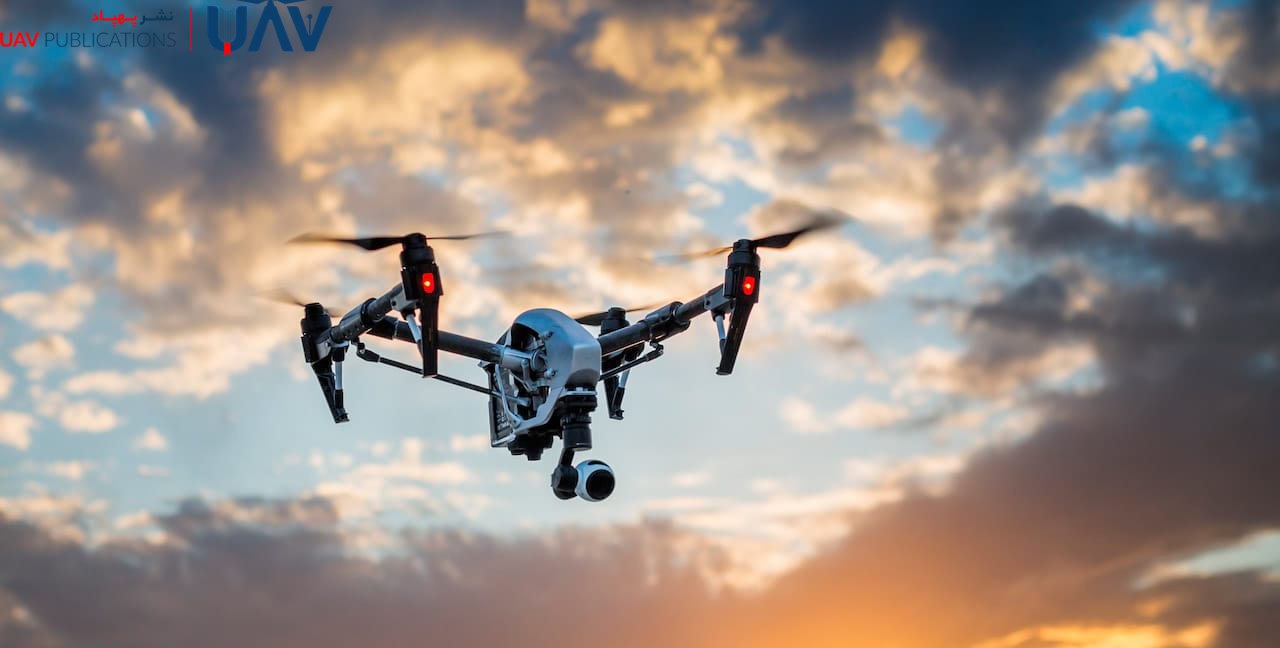
Initially reserved for military use due to their high cost and complex technology, UAVs began entering the civilian market in the 2010s with the introduction of GPS, the internet, image processing, and miniaturized electronics. Today, drones are widely employed in precision agriculture, crisis management, parcel delivery, and cinematic production, and their development continues at a rapid pace.
How UAVs Work
The operation of a UAV depends on the seamless coordination between its mechanical, electronic, and software components. Key hardware includes the airframe, electric motors, propellers, batteries, and the flight controller. The motors drive the propellers, generating lift and allowing the UAV to stay airborne. The flight controller processes input from various sensors, GPS modules, and remote transmitters to stabilize the drone and execute flight commands.
Core sensors—such as gyroscopes, accelerometers, magnetometers, and barometers—provide crucial data regarding the UAV’s orientation and altitude. Many UAVs are also equipped with onboard cameras, image processors, and autonomous systems, enabling them to perform complex tasks with minimal human intervention.
UAV vs. Quadcopter: What’s the Difference?
While every quadcopter is a UAV, not every UAV is a quadcopter. This simple statement clarifies a common confusion. “UAV” refers to any unmanned aircraft capable of remote or autonomous flight. In contrast, a quadcopter is a specific type of UAV with four rotors and vertical takeoff and landing (VTOL) capability. Quadcopters are especially popular for recreational use, aerial photography, and educational purposes.
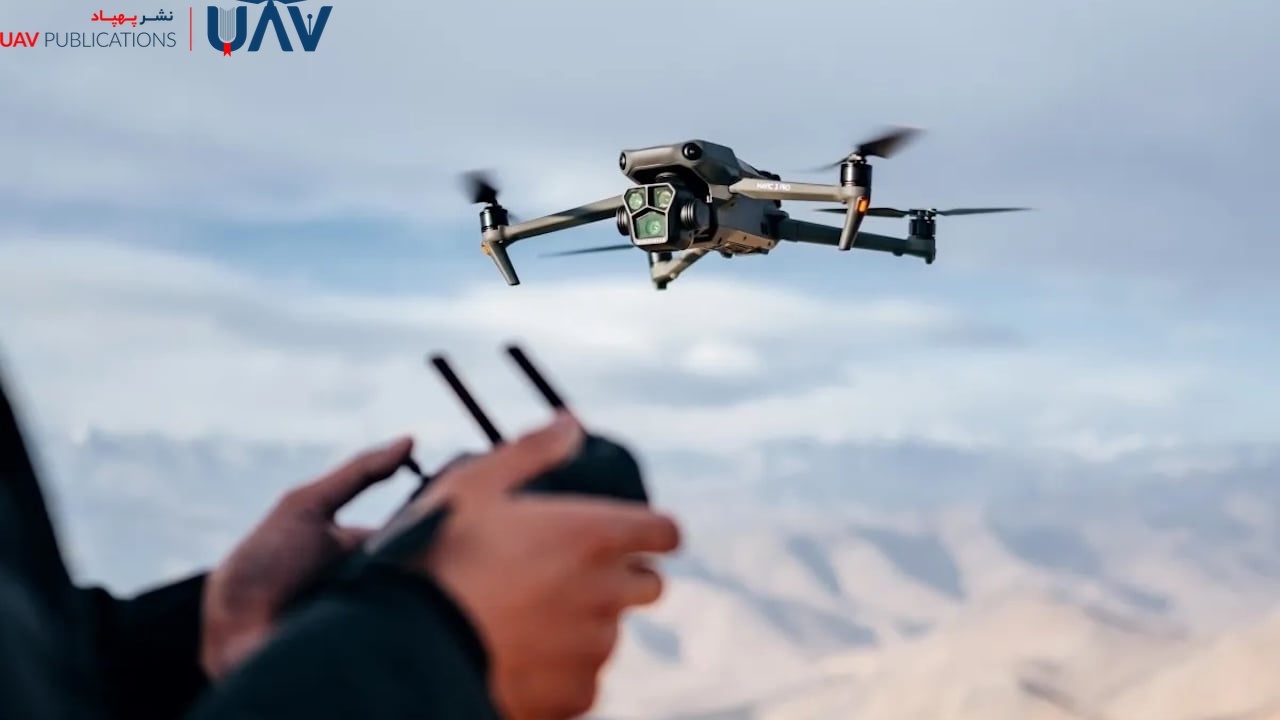
UAVs can also include fixed-wing aircraft, jet-powered systems, or more complex configurations designed for specialized missions. Though the terms are often used interchangeably, they refer to technically distinct categories of aerial vehicles.
UAV Classification by Application
One of the primary ways UAVs are categorized is by their intended use. Based on mission goals, UAVs are designed with specific features and capabilities. Four major application categories include:
- Agricultural UAVs – Used for crop spraying, seeding, monitoring plant health, and soil analysis.
- Mapping and Imaging UAVs – Employed for aerial photography, cartography, and 3D modeling.
- Industrial and Commercial UAVs – Used in logistics, infrastructure inspection, and automated monitoring.
- Recreational and Sport UAVs – Designed for personal enjoyment, racing, and basic training.
Each category has its target market, unique technologies, and specialized functionality, all of which will be explored in further detail.
UAV Types by Design and Flight Mechanics
UAVs are also categorized based on their flight design and structure:
- Multirotor: The most common UAV type, including quadcopters (4 rotors), hexacopters (6 rotors), and octocopters (8 rotors). These are easy to control but have limited range and flight duration.
- Fixed-Wing: Resembling traditional airplanes, these UAVs are ideal for long-range, high-speed missions and are energy-efficient. However, they require dedicated takeoff and landing zones.
- VTOL (Vertical Takeoff and Landing): Hybrid designs combining the advantages of multirotors and fixed wings. They can take off vertically but transition to horizontal flight, ideal for heavy-duty or long-distance missions.
- Hybrid: Custom UAVs featuring movable rotors, foldable wings, or other specialized structures for unique missions.
Each design offers specific advantages and trade-offs depending on the intended application.
Agricultural UAVs in Modern Farm Management
In contemporary agriculture, UAVs have become essential tools for enhancing productivity and reducing operational costs. Equipped with specialized attachments such as spray tanks, NDVI cameras (for plant health monitoring), and AI systems, these UAVs can:
- Apply pesticides, fertilizers, and seeds with pinpoint accuracy.
- Monitor crop health via leaf color analysis and soil moisture detection.
- Create detailed maps to identify high-risk zones.
- Monitor environmental conditions and pest infestations in real time.
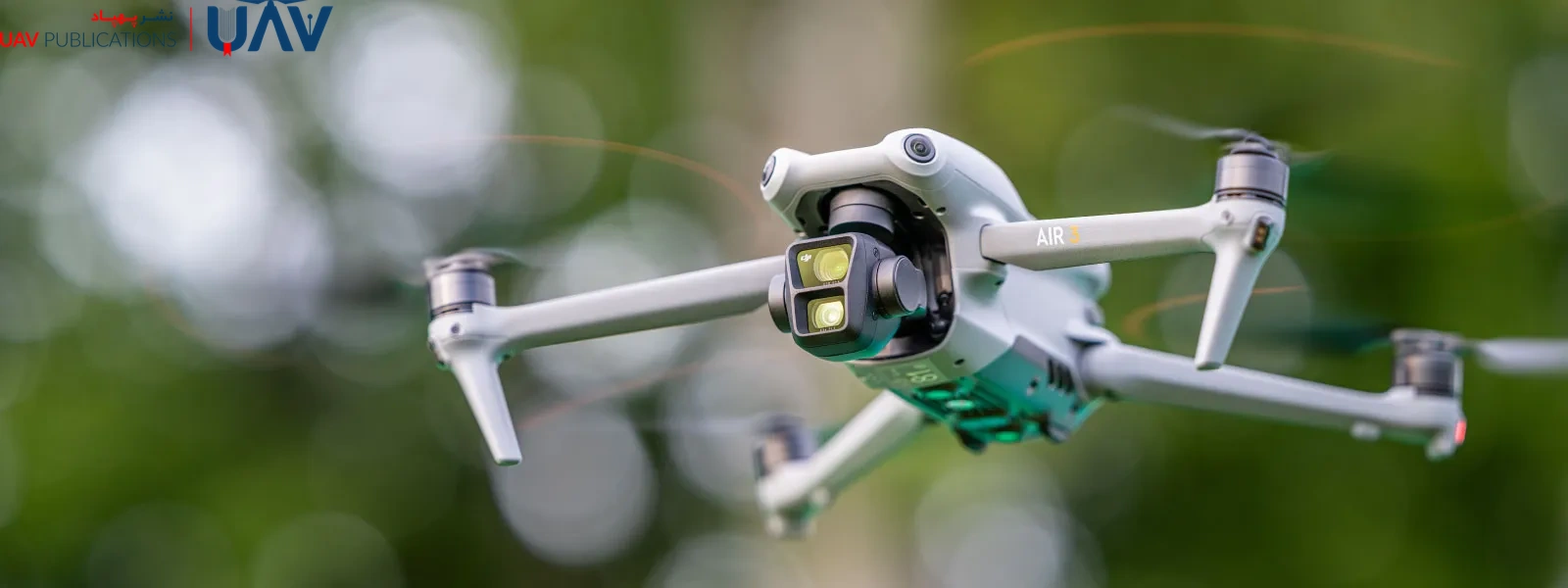
By saving time, reducing water and chemical usage, and increasing yield, agricultural UAVs have revolutionized modern farming practices, especially in data-driven farms in developed nations.
UAVs in Inspection, Security, and Industrial Automation
UAVs serve countless functions across various industries, including:
- Inspecting power lines, pipelines, and industrial infrastructure.
- Monitoring construction projects and structural integrity.
- Conducting thermal imaging of mechanical equipment.
- Assessing hazardous or contaminated zones.
- Transporting small parts within manufacturing facilities.
Industrial UAVs often come equipped with advanced sensors, thermal cameras, LiDAR systems, and safety mechanisms. Their use reduces human exposure to danger, lowers inspection costs, and accelerates critical data collection, driving efficiency in fields such as mining, energy, construction, and utilities.
UAV Regulations in Iran and Around the World
As the use of UAVs increases, so does the importance of regulation. Many countries have established UAV flight laws, typically covering:
- UAV registration and ID tagging.
- UAV pilot licensing, especially for commercial use.
- No-fly zones (e.g., near airports).
- Respect for personal privacy.
- Altitude and distance limitations.
In Iran, the Civil Aviation Organization is responsible for issuing UAV licenses. Official permits are required for commercial, research, or media-related UAV operations. Violating regulations—particularly in sensitive areas—may result in legal or security repercussions.
UAVs in Emergency Response and Disaster Management
Due to their speed, reach, and independence from ground infrastructure, UAVs are invaluable in emergency scenarios. In the aftermath of natural disasters like earthquakes, floods, fires, and landslides, UAVs can:
- Capture aerial images of affected areas.
- Locate trapped individuals with thermal imaging.
- Deliver lightweight supplies such as medical kits or food.
- Provide real-time mapping of critical zones.
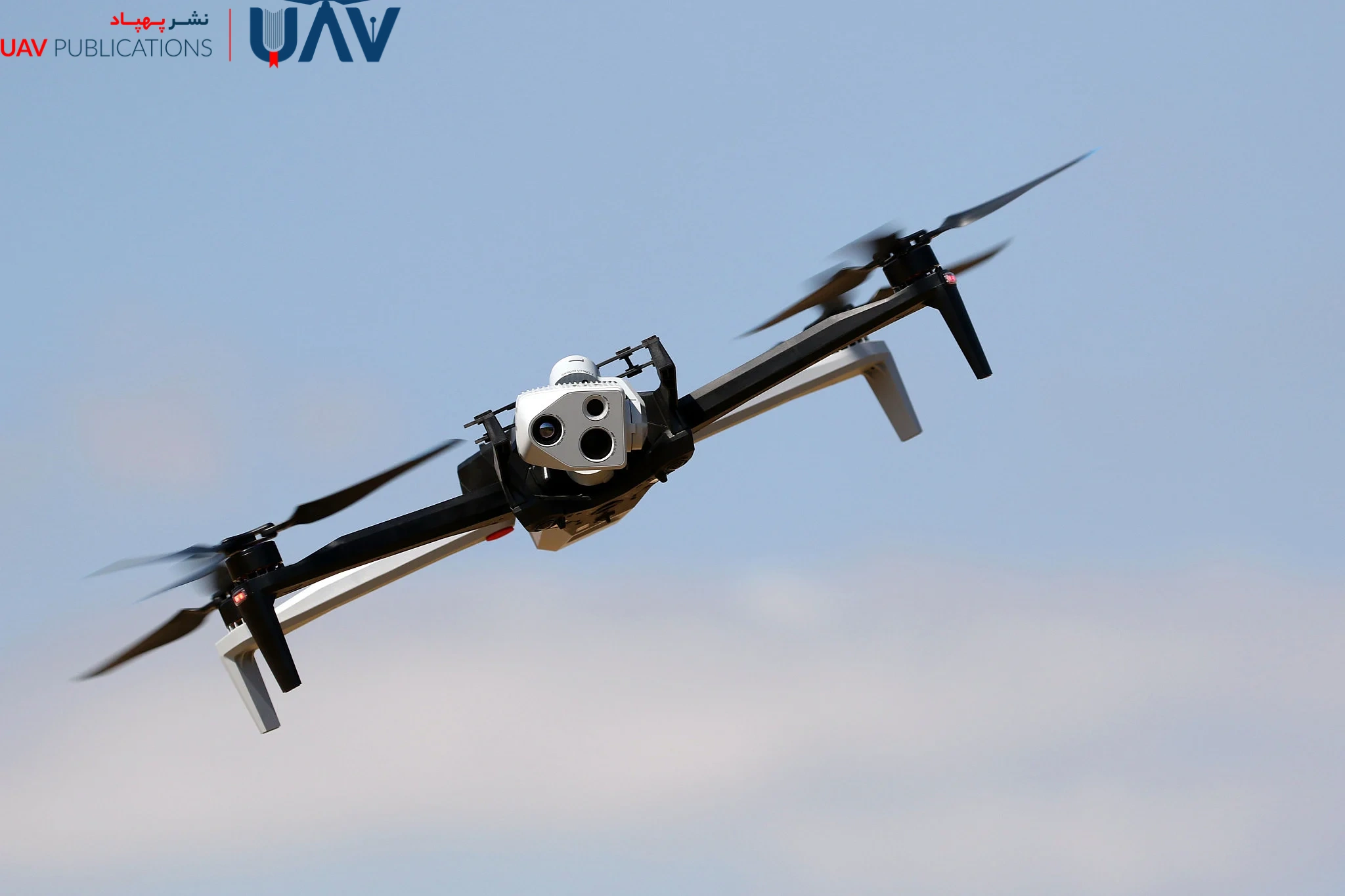
Even in peacetime, UAVs support environmental monitoring, forest management, and water resource evaluation, proving to be indispensable tools in crisis response.
UAVs in Mapping and 3D Modeling
UAVs have revolutionized photogrammetry and 3D modeling. Equipped with high-resolution cameras, precise GPS systems, and analytical software, they are capable of:
- Generating accurate topographic maps.
- Creating 3D models of terrain, structures, and archaeological sites.
- Measuring excavation volumes and material stockpiles.
- Monitoring land changes over time.
These applications are essential in civil engineering, mining, urban planning, archaeology, and environmental science, delivering exceptional precision and cost efficiency.
UAVs in Filmmaking and Digital Media
The film industry was among the first to embrace UAV technology. Drones with 4K cameras and high maneuverability can:
- Capture breathtaking aerial shots.
- Filming in inaccessible or hazardous locations.
- Produce dynamic action and chase scenes with minimal cost.
Today, even small-scale projects leverage UAVs. YouTubers, documentarians, professional photographers, and news teams use drones to elevate the visual quality of their content.
UAVs in Transportation and Logistics
Among the most groundbreaking applications of UAVs is drone delivery. Companies like Amazon, UPS, and DHL are actively piloting UAV-based logistics systems. Their benefits include:
- Faster deliveries to remote areas.
- Reduced fuel consumption and emissions.
- Alleviated urban traffic congestion.
- Lower labor costs.
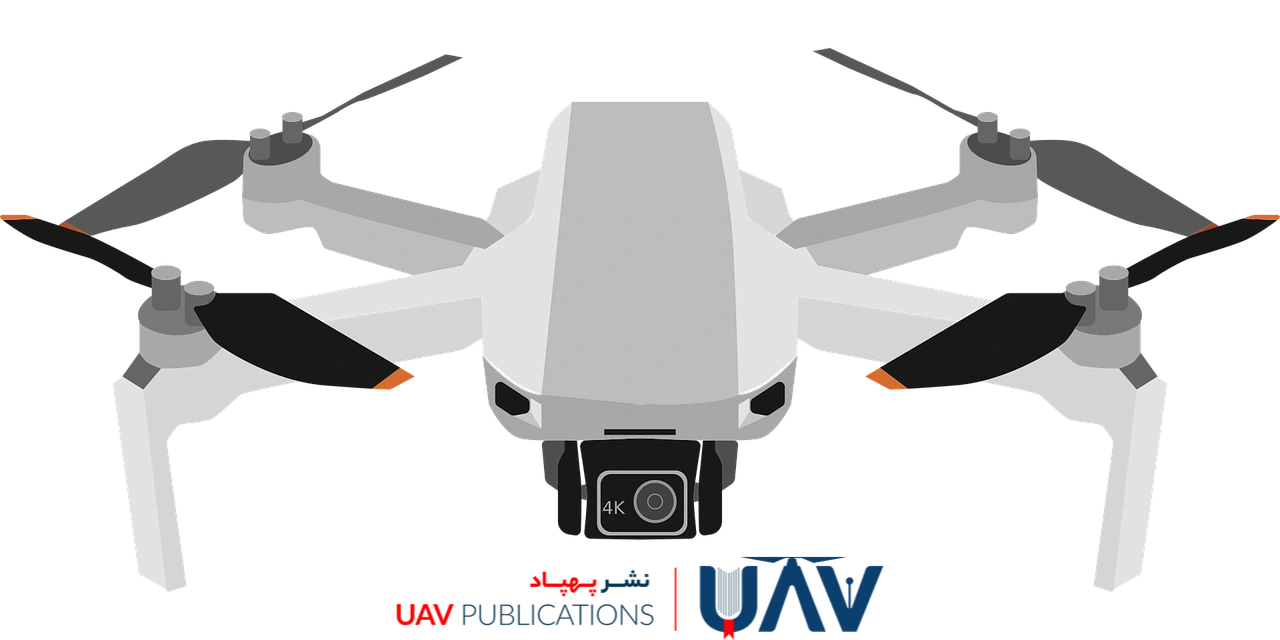
Delivery UAVs often feature collision avoidance sensors, advanced GPS, and precision landing systems. However, widespread adoption still faces challenges related to regulation, security, and technology.
The Future of UAV Technology and Its Impact on Humanity
As UAV technology continues to evolve, the future holds exciting possibilities. In the coming years, we can anticipate:
- Fully autonomous UAVs powered by advanced artificial intelligence.
- Urban aerial traffic systems specifically for drones.
- UAVs are capable of carrying heavy cargo and even transporting passengers.
- Greater integration into public safety, healthcare, education, and communications.
However, this progress also raises important questions around privacy, data ownership, and ethical use. UAVs are poised to become a foundational element of the digital future, reshaping the boundaries between science, industry, and lifestyle.

